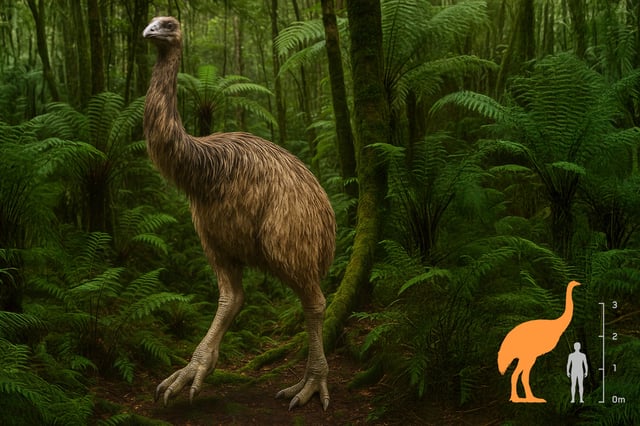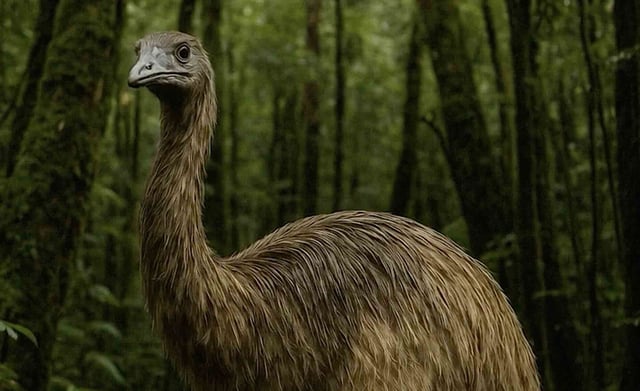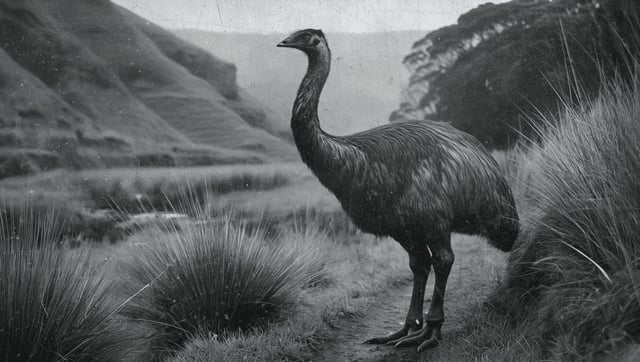Overview
- Over two dozen moa DNA samples have been extracted from fossils in Peter Jackson’s private collection and Canterbury Museum holdings during a six-month sampling phase.
- Researchers have completed a tinamou reference genome, using it as a blueprint to identify unique moa genetic traits.
- Under direction of the Ngāi Tahu Research Centre, the team is now sequencing genomes for all nine moa species, targeting a full assembly by summer 2026.
- Colossal Biosciences plans to apply CRISPR-based editing and paleogenomics to recreate attributes of the extinct giants within five to ten years.
- Outside scientists warn that de-extinction faces significant technical hurdles and caution that the focus on resurrecting lost species might divert resources from contemporary conservation.



